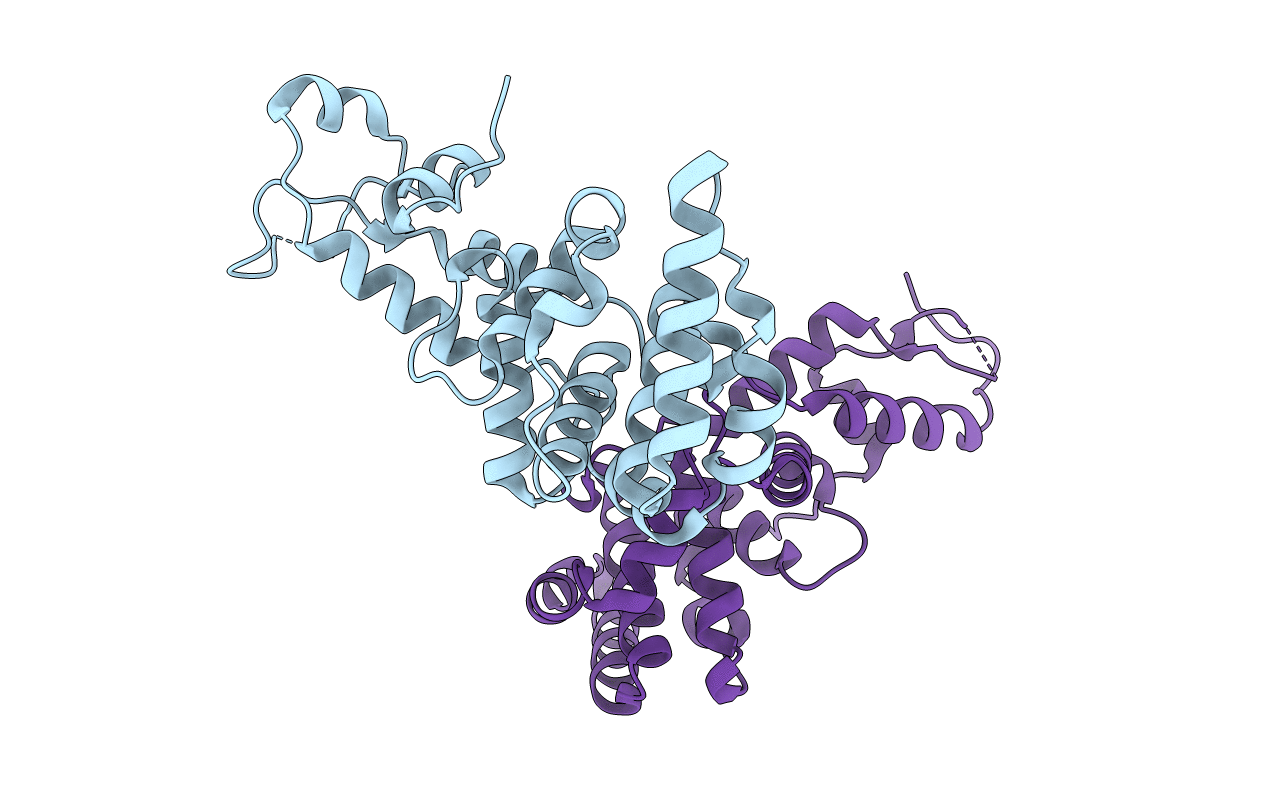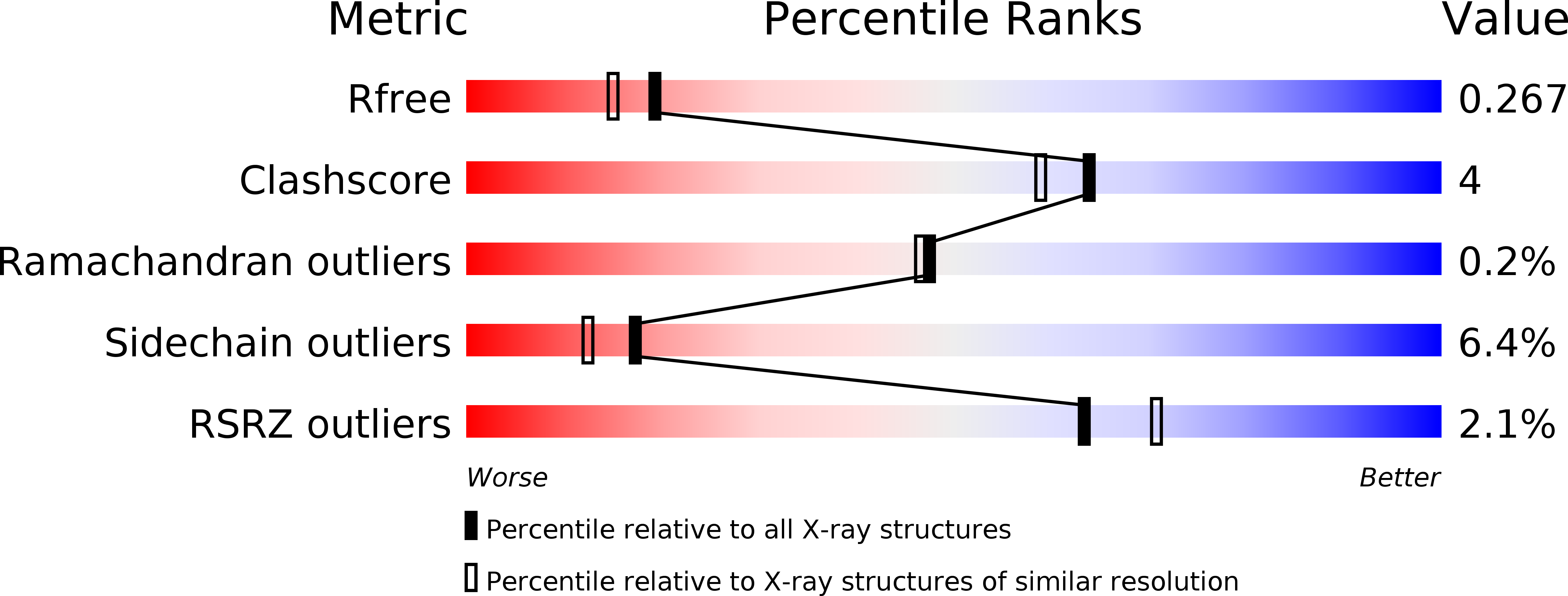
Deposition Date
2017-11-07
Release Date
2018-02-14
Last Version Date
2024-01-17
Entry Detail
PDB ID:
6EXC
Keywords:
Title:
Crystal structure of DotM cytoplasmic domain (residues 153-380),R314E/R315E
Biological Source:
Source Organism:
Host Organism:
Method Details:
Experimental Method:
Resolution:
2.16 Å
R-Value Free:
0.26
R-Value Work:
0.19
R-Value Observed:
0.19
Space Group:
P 1


